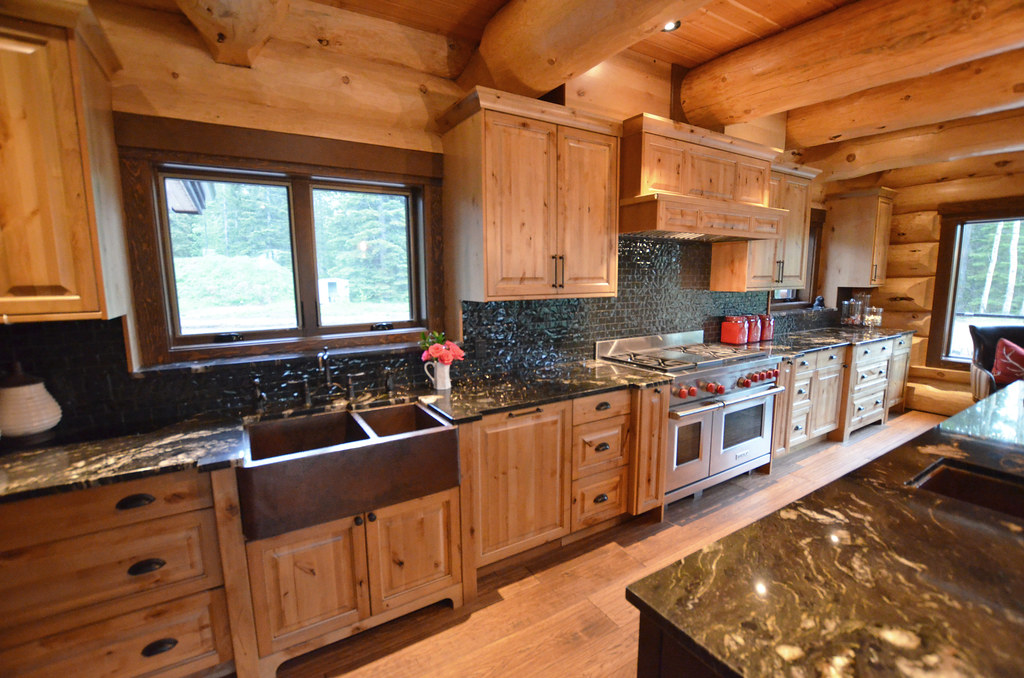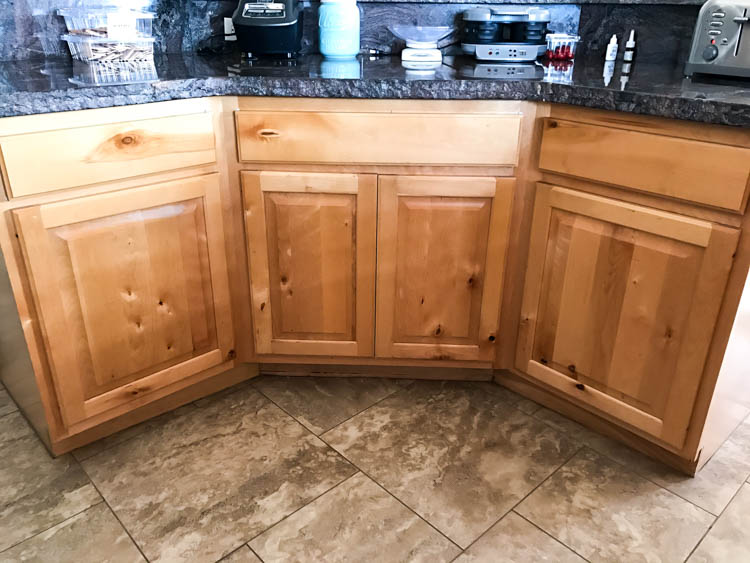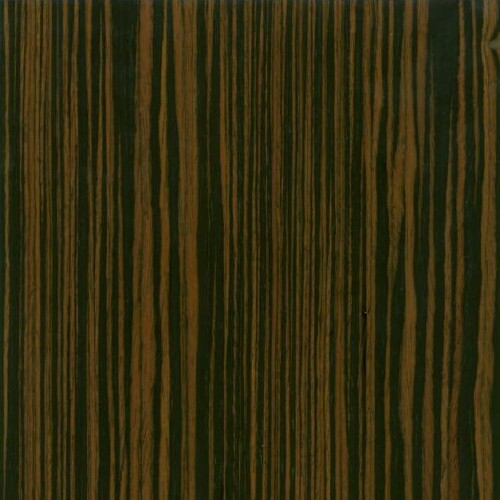Bubinga
An immensely popular imported African hardwood, Bubinga trees grow in Equatorial and Western African countries — notably Ivory Coast, Cameroon, and Gabon — reaching heights of up to 150 feet tall.
A strong, beautiful, premium species, Bubinga goes by several names, including Kevazinga, Amazique, and most commonly “African Rosewood” because of its strong resemblance to Honduras Rosewood, which it’s often used as a more affordable replacement for.
And for good reason — Bubinga presents a stunningly beautiful appearance. While its heartwood ranges from a pinkish red to darker reddish brown, with darker purple or black streaks, its clearly demarcated sapwood is a pale straw color. Bubinga’s grain can be straight but is often interlocked creating an amazing array of exotic figuring, including pommele, flamed, quilted, mottled, and an amazing waterfall pattern that almost looks three-dimensional. In all, the wood has a fine to medium texture, and moderate, natural luster.
A high-end favorite, Bubinga is a popular choice for premium wood veneer, architectural plywood, fine furniture, cabinetry, and decorative flooring and tabletops.
Species Distribution:
Equatorial Africa
Western Africa
Cameroon
Gabon
Ivory Coast
Common / Alternative Names:
African Rosewood
Kevazinga
Rhodesian Copalwood
Amazique
Janka Hardness:
2,410 lbf
Sustainability Status:
CITES Appendices: The three Guibourtia species yielding Bubinga are listed on CITES appendix II, including finished products made of the wood.
IUCN Red List of Threatened Species: Not listed
Related Species:
Ovangkol (Guibourtia ehie)
Tiete Rosewood (Guibourtia chodatiana)













